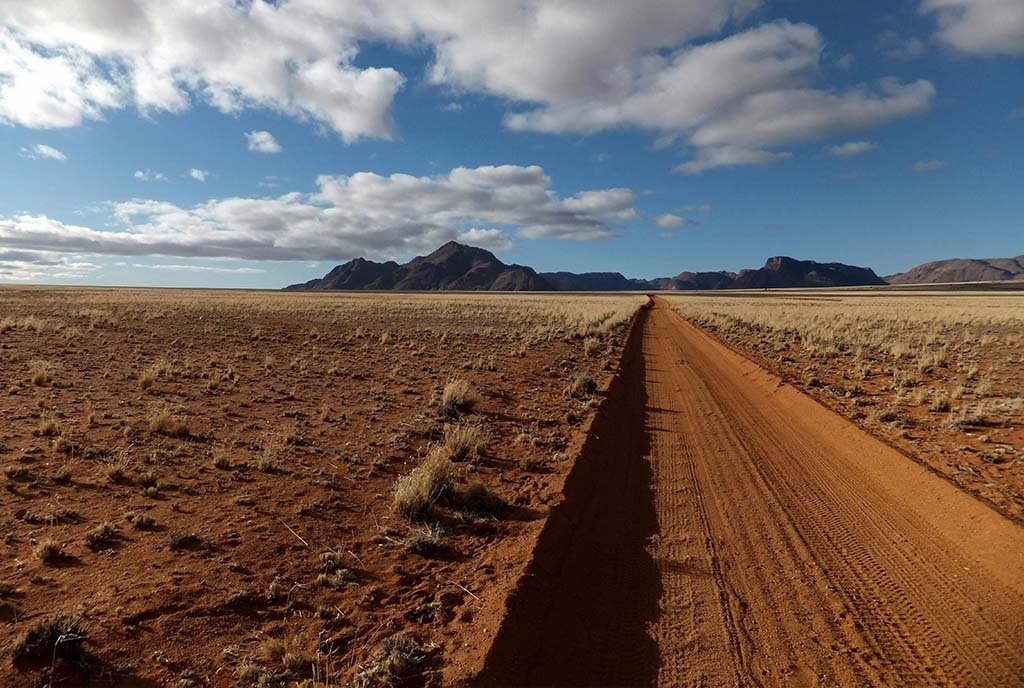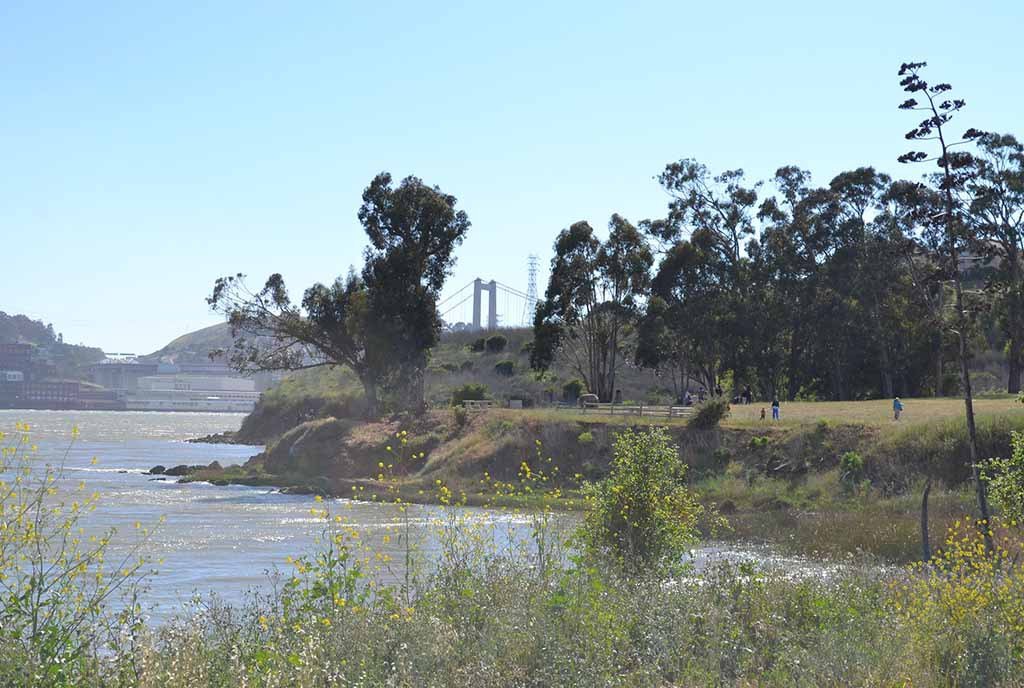
We want to support and amplify our communities, so how do you find the balance as a global market brand and maintain integrity as a Native person?
Bethany Yellowtail, Los Angeles Times, November 29, 2018
As the quote from Yellowtail—a Northern Cheyenne fashion designer—attests, Indigenous artists routinely face tensions between the stories they want to tell on the one hand and the demands of a white-dominated US arts marketplace on the other. A new study by the First People’s Fund, which has supported Native artists for over 25 years, and NORC (formerly the National Opinion Research Center) at the University of Chicago, and funded by the Doris Duke Charitable Foundation, highlights these Native American stories and analyzes such tensions. Titled Brightening the Spotlight: The Practices and Needs of Native American, Native Hawaiian, and Alaskan Native Creators in the Performing Arts, the 100-page report features 39 qualitative interviews of Indigenous storytellers.
The report’s authors focused on the performing arts because “comparatively little research has focused on the practices and impacts of Native creators who engage in performance-based forms of expression” (11). Most interviewees were from the fields of dance, music, or theater. The authors organized the report around three sets of questions:
- What performance-based practices do Native American, Native Hawaiian, and Alaska Native creators engage in?
- Why and how do Native creators engage in their practices?
- What resources and systemic changes do Native creators identify as high-priority needs? (22)
Art as Telling Intergenerational Stories
Some of the tensions that Indigenous artists face in the white-dominated American art world are linguistic ones. As the report’s authors point out, many Indigenous artists prefer to call themselves storytellers rather than artists. For instance, Yellowtail, the fashion designer cited above, describes herself as a “storyteller in fashion.” Even the phrase “artist” or “performing artist” is seen by many Native creators as antithetical to Indigenous values, which identify creative practices or art, not as a separate sphere of activity, but rather as inseparable from beauty, form, spirit, culture, and life itself. Of the 39 Indigenous creators interviewed for the study, only about a third were comfortable with using the term “artist” to describe themselves.
That said, the economics of the art world requires the other two thirds to also describe themselves as “artists” in some contexts. Within their own Indigenous communities, these creators might describe their work as storytelling or education—externally, they call themselves musicians, dancers, or artists, because their compensation depends on doing so.
As one person interviewed for the report noted, “’I’ve had to tease and pull out certain parts of myself and leave others behind to fit into a type of box, a binary, for getting resources for a particular kind of project.” Framing the work as storytelling, noted one respondent, helps to disrupt “settler modes of containment and logics of assimilation” and creates “space for us to be ourselves.”
Another tension people interviewed for the study identified was pressure to define their work as either “traditional” or “contemporary.” Not surprisingly, more than half of those interviewed described their work as a blend of both. Back in 2018, Gerald Clarke Jr., a Coahuila artist and professor of ethnic studies at the University of California, Riverside, noted the contradiction to the Los Angeles Times: “The mainstream wants to commodify the object and have it as part of the overall art market, but they don’t really want to know what we think. Who decides what’s authentic? Is it the academic, the art historian, or is it the community?”
In the report, the authors noted that several interviewees saw their work as building on both traditional and contemporary influences. The authors add that several respondents described their work as drawing on a “lifetime of wisdom and knowledge—and not just one lifetime, but many lifetimes, because it’s intergenerational.”
Indigenous Creators’ Goals
In the second section of the report, the authors discuss the motivations of the Indigenous creators they interviewed, which were wide-ranging. In terms of individual motives, a third of the interviewees told the authors that their creative work was integral to their mental health and well-being. Many interviewees described their work as part of their healing or therapy. One person told the authors, ““[t]heater is my number one way of expressing and being in the world” (40).
Many respondents mentioned that their creative work was helpful in negotiating their own identity among both Indigenous and non-Indigenous worlds. As one respondent explained, “[a] lot of my work is concerned with kind of this idea of existing in between. I’m Native, I’m also a German American, I’m also gay, I’m also like gender queer, so I feel like I failed to fit into a lot of boxes successfully. And so a lot of my work is about that and creating…experiences that sort of undo our preconceived notions of the world, and how we’re told it exists” (41).
Sign up for our free newsletters
Subscribe to NPQ's newsletters to have our top stories delivered directly to your inbox.
By signing up, you agree to our privacy policy and terms of use, and to receive messages from NPQ and our partners.
Another important motivation was economic. As the authors point out, being able to support one’s family is an important part of self-care. Several interview respondents told the report’s authors that ““supporting a family” was a “main goal” of their work (40).
In terms of community motivations, again there were a mixed set of concerns. Many of those interviewed emphasized the importance of serving their own Indigenous communities. One person explained, “I try to remind people that 1978 was the year that we actually regained the right to practice our culture.” The person added that this created a sense of duty to serve the “generation who was taken away from their families” and for whom “a lot of the culture was lost” (42). Many noted that the stories they share through creative works serve as “good medicine.”
As Edgar Villanueva (Lumbee) has detailed, “In Native traditions, however, medicine is a way of achieving balance.…In the Indigenous worldview, many kinds of things can be medicine…for something or someone to serve as medicine, it only needs to be filled with or granted a kind of mystical or spiritual power.” In the report, one respondent explains that stories can “uplift our minds, uplift our spirits, not just on a personal level, but on a communal, on a community level.…the stories [are] the medicine” (44).
About a fifth of respondents named career advancement of fellow Indigenous creators as a major motivator. Collaboration through paid work is perhaps the most direct means to achieve this end. The report cites many examples. A musician notes that “for every [music] video we’ve ever done, we have a Native director, or Native producers, or the on-set people are Native people.” A playwright emphasized prioritizing the employment of Native actors. During the early days of the COVID-19 pandemic, an elder creator put together an online show featuring Native storytellers “to highlight more artists and to uplift more artists” (48). One producer created a music studio on their home reservation that is free and open for other Native musicians to use. Several of the respondents work with Native youth, often sharing their practice in schools—generating modest income for themselves while training the next generation.
Although much of the discussion of community focuses on Indigenous communities, roughly half of the people interviewed also “described engaging in performance-based practices meant to be shared with ‘non-Native,’ ‘mixed,’ or ‘global’ audiences” (52). In addition to the economic benefits of such interactions, the people interviewed saw in their engagements with non-Indigenous people opportunities to “challenge racism against and stereotypes of Native people, increasing Native representation in Western-dominant culture, and connecting people and imparting empathy on the most fundamental, human level” (52). As one dancer explained to the authors, when performing for non-Native audiences “our big goal is to tell our stories through dance, but also to show the beauty of our culture” (53).
Resource Needs
The final section of the report is directed primarily at the performing arts funder community. A few of its recommendations are as follows:
- Increase access to supports that can help Indigenous creators earn a living, such as professional grant writers and professional development courses in fields like marketing.
- Expand the kinds of training and support that are considered valuable, so that arts degrees from Ivy League colleges and the like are less critical and Indigenous cultural training receives greater consideration.
- Be more accepting of non-elite venues. One respondent noted that “the further you get from your [Native] community, the more rewarded you are for it” (70). Another interviewee commented that just because “you might not be selling out a stadium…doesn’t mean you’re not having an impact” (71).
- Offer Indigenous artists more creative license. As to what that might mean, the report highlights the case of an Indigenous theater producer who “was able to negotiate the hiring of Native individuals to fill a broad spectrum of roles on the production, including actors, visual artists, producers, and even caterers” (75). It was also noted that making provisions to keep some seats open so that Indigenous audience members can attend productions is important.
- Change the structure of funding. Six reforms in particular were recommended: 1) streamline grant applications (such as using universal forms across institutions); 2) make forms more culturally responsive (such as by allowing others to write about the creator’s contributions rather than insisting applicants do so); 3) incorporate Native communities into the grant evaluation process; 4) increase grantee autonomy in how funds are spent; 5) allow grants to support a fuller range of Native creators’ life needs (e.g., food, housing, healthcare, family care, and community-building); and 6) increase support for Indigenous community collaboration and community creative production spaces.
Building Indigenous Community Infrastructure
The need for infrastructure appears often in the report. One interviewee told the report’s authors that there are “so many artists from my era” who didn’t “succeed” creatively or continue to pursue their creative practices, “and it’s not because they didn’t try; it’s not because they didn’t do a good promo game; it’s because the community wasn’t built to [support their practice]. And so, ultimately, I want to see communities celebrate themselves a bit more, and I feel like the way to change that is through building…[community] art spaces” (87).
In fact, one quarter of interview respondents called for more supports for Native-led organizations doing community-based work. Many interviewees expressed their frustration that predominantly white institutions get funding to diversify, which may lead to two days of Native programming a year, even as many Native-led organizations “are doing 365 days of Native programming” yet receive far less support (86).
“There’s a level of invisibility there that needs combating,” one interviewee noted. A good first step for funders, this Indigenous creator suggested, would be to identify and work with existing Indigenous organizations to build out the infrastructure that could support creative voices throughout Indian Country.











